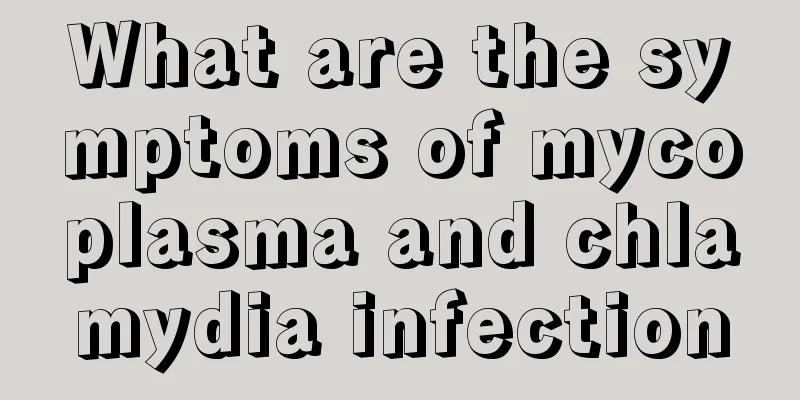Where is the stomach located in the human body

|
Many people in life need to eat, not many people, but everyone. Whether it is humans or other living things, they need to eat food to survive. Our normal body functions, using our claws and our normal physical strength and stamina, so eating is an instinct for all of us living things. For the human body, the stomach is an organ of digestion and is very important to the human body. So many people want to know some common sense about the stomach, so let us now understand where the stomach is located in the human body. 1. When the human stomach is moderately full, most of it is located in the left hypochondrium and a small part is located in the upper abdominal cavity. The cardia is located on the left side of the 11th thoracic vertebra, and the pylorus is near the right side of the first lumbar vertebra. The anterior wall of the stomach is close to the left lobe of the liver on the right, adjacent to the diaphragm on the left, and is covered by the left costal arch. The part under the xiphoid process that is not covered by the costal arch can directly contact the anterior abdominal wall, so it is often used as the palpation site of the stomach. The posterior wall of the stomach is adjacent to organs such as the left kidney, left adrenal gland, pancreas, and spleen. The fundus of the stomach is close to the left fornix of the diaphragm and the spleen. The position of the stomach often varies greatly depending on body shape, body position, the fullness of the stomach contents, etc. The stomach is higher in short and fat people, and lower in thin and tall people. When lying on your back, the position of the stomach moves upward. When standing upright, except for the basically fixed position of the cardia, the greater curvature of the stomach can move down to the plane of the iliac spine or even lower. 2. Organizational Structure Observation specimen gastric fundus section (HE staining) The mucosa is stained purple-blue by naked eye, and the outer layers are light red submucosal layer, red muscular layer and lightly stained outer membrane. Low-power observation shows that the stomach wall is divided into 4 layers from inside to outside. (1) Mucosa: It is divided into three layers from inside to outside. ① Epithelium: It is a single layer of columnar epithelium. The epithelium is sunken downward to form gastric pits. The nucleus of the columnar cells is located at the base, and the top cytoplasm is filled with mucin granules and is a lightly stained transparent area. The boundaries between cells are clear. Tubular structures with the same structure as columnar cells are often seen in the connective tissue deep in the epithelium, which are the cross-sections of nearby gastric pits. ② Lamina propria: connective tissue, containing blood vessels, lymphatic tissue, scattered smooth muscle cells and a large number of fundic glands. The fundic glands are located between the gastric pits and the mucosal muscles. They are single tubular glands with small glandular cavities that are not easily visible. They are mainly composed of parietal cells and chief cells. ③Muscularis mucosa: thin, composed of two layers of smooth muscle, inner circular and outer longitudinal. (2) Submucosal layer: It is a loose connective tissue containing large blood vessels, lymphatic vessels and submucosal nerve plexus. The submucosal nerve plexus is composed of several nerve cells and unmyelinated nerve fibers. (3) Muscular layer: thicker, composed of smooth muscles that run obliquely inside, circularly in the middle, and longitudinally outside. (4) Adventitia: It is the serosa, composed of loose connective tissue and the mesothelium on the outer surface. High-power observation: The fundic glands are composed of five types of glandular cells, with parietal cells and chief cells being the focus. (1) Parietal cells: There are more of them in the neck and body of the fundic gland. The cells are large and round or triangular in shape. The nucleus is round, often binucleated, and located in the center of the cell. The cytoplasm is stained red. (2) Chief cells: There are many of them, mostly in the body and base of the fundic gland. The cells are columnar. The nucleus is round and located at the base. The cytoplasm is stained blue, and the small vacuoles at the top of the cells are caused by the dissolution of zymogen granules. (3) Neck mucous cells: small in number, located in the neck. The cells are columnar or cup-shaped. The nucleus is oblate or triangular and located at the base. The cytoplasm is filled with mucinous granules. (4) Endocrine cells and stem cells: difficult to distinguish in HE-stained specimens. |
<<: Nasal septum deviation corrector
Recommend
The effect of creatine powder
Creatine powder is relatively unfamiliar to many ...
How to prevent bladder cancer
How to prevent bladder cancer? Bladder cancer is ...
How to pickle black stinky duck eggs
Many people like to eat duck eggs in their lives,...
What to do if you feel cold? Five tips to help you relieve
Many people will find that they are more prone to...
Is there any effective way to remove hair?
Nowadays, many women attach great importance to t...
Can advanced cervical cancer be cured?
Can cervical cancer be cured? Cervical cancer is ...
Is endometrial cancer hereditary?
The emergence of cancer is still a mystery that h...
What should I pay attention to if I have lung cancer?
After getting lung cancer, you should ensure that...
How to remove 502 glue
Glue is very common, and there are many types of ...
Esophageal cancer patients should understand its diagnosis methods as early as possible
According to surveys, esophageal cancer is a comm...
How to do bear belly breathing
Our normal breathing is a very natural way. If yo...
Can early stage lung cancer be cured by surgery?
In fact, once diagnosed with lung cancer, many pe...
What vitamins are missing for dark circles?
Dark circles bring troubles, affect appearance an...
Is refrigerator refrigerant toxic?
The refrigerator is a device used in every househ...
What diseases can breast cancer cause
Breast cancer mostly occurs in women around the m...









